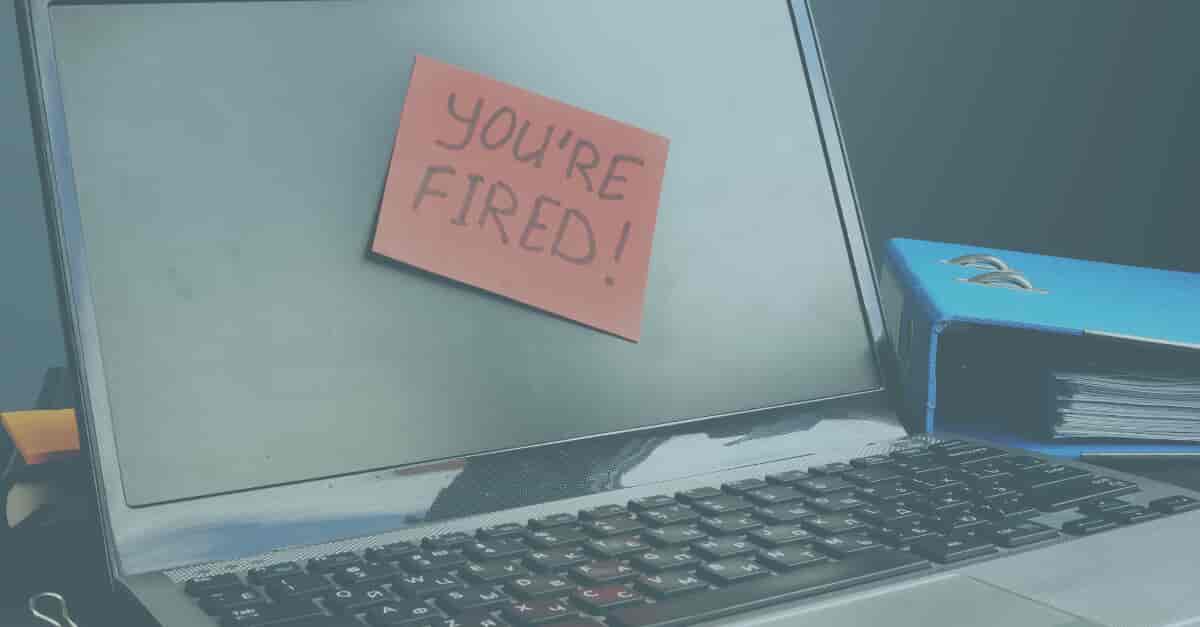
People often know when they are being pushed out of their jobs. This can cause serious stress: we often depend on our jobs not just for our livelihoods but also for our self-confidence and sense of purpose. Sometimes, your employer knows they are discriminating or retaliating against you and makes your work situation intolerable in hopes that you’ll quit. Employers think this reduces the risk they will be sued for wrongful termination. Unfortunately, they are right: it is harder to prove discrimination when you quit versus when you are fired.
But that doesn’t mean you have to endure a terrible situation indefinitely in order to bring a wrongful termination claim. The legal doctrine of “constructive discharge” allows you to assert a wrongful termination claim even if you are technically the one to say, “I quit.” You also can collect unemployment benefits if you are constructively discharged, while you usually are not eligible if you quit.
Understanding the theory of constructive discharge and following these steps can help you best preserve your claims if you are the one who ultimately chooses your sanity over enduring ongoing discrimination, retaliation, or harassment.
What is a Constructive Discharge?
“Constructive discharge” is a legal term that means you can bring a wrongful termination claim even though you are the one who technically said “I resign.” A constructive discharge occurs when the employer creates such awful working conditions that a reasonable employee in your shoes would resign rather than endure them. This is a high standard and it is very fact-specific.
What are some examples?
- Quitting because your hours have been reduced so severely that you can’t make a living
- Quitting because your job responsibilities have all been stripped from you and going to work is objectively demeaning
- Quitting because your employer did not stop extreme harassment based on a protected class (gender, race, ethnicity, religion, pregnancy, etc.)
- Quitting because your employer refused to provide accommodations you are legally entitled to (like refusing to allow you to pump if you have a new baby or refusing to provide a simple accommodation like a chair or stool if you have a disability)
- Quitting because your employer threatened you or coerced you into resigning
Because the standard for constructive discharge is high, you should give your employer a reasonable chance to fix the problem. Do not resign too quickly. Of course, if you are jeopardizing your mental or physical health by working, you may conclude that you cannot return to work. You should talk to a lawyer about your legal rights if you are in this position.
What to Do if You Are Being Forced to Quit
If you are thinking of resigning because your employer has not accommodated you, because you are being discriminated against or harassed, or because you are being retaliated against, you should make sure to follow these steps to best preserve any wrongful termination claims you may have.
Complain about the harassment or mistreatment
It is hard to trust employers who have demonstrated they will not help you. But to best preserve your claims, you should make an internal complaint about the conduct that is making your workplace intolerable. This makes you look reasonable and like you are giving your employer a chance.
Learn more about making a complaint and reporting workplace misconduct here.
Document everything
Make sure you keep records of the conduct that is forcing you out. Take notes of conversations when you experience illegal mistreatment. Print copies or take screenshots of emails that prove the mistreatment is occurring. Save your text messages. Memorialize the mistreatment in writing. Your employer will inevitably argue that the mistreatment was not serious enough to warrant resignation: save the proof that is available to you so you can rebut this argument.
Learn more about making a record here.
Talk to a lawyer
You should talk to an employment lawyer to help you best preserve your right to bring claims if you choose to do so. Otherwise, you may give up the right to recover lost wages. Employment lawyers also hear about bad workplaces all day long and can provide a “gut check” about whether your situation is likely to meet the “reasonable person” standard for a constructive discharge. Many employment lawyers provide free consultations.
Talk to an Experienced Employment Lawyer. Free Case Reviews.
We help workers who are illegally pushed out of their jobs. If you have been constructively discharged, contact us today through our website or give us a call at (213) 465-4802 to schedule a free consultation.

